First determine if the metal oxidizes to a completely different looking material, and how much you want to age your shader. If the metal doesn’t oxidise (rust) too easily, you can get by with some mix maps in the Reflection and Glossiness slots. It’s also a good idea to composite some scratches, bumps, and other imperfections to the Noise map in the Bump slot.
The idea is to use a b&w map to drive the Reflection Color and Gloss values in a Mix slot. The result is very flexible and tweakable.
Depending on the b&w dirtmap and the values you mix together, you can get anything from a very subtle effect to extreme aging.
Different Blend amount maps can have radically different looks. Even the same map, simply inverted, can change a lot. The more white pixels you have in your map, the more rust will be visible.
Below is our Rust material setup. It’s basically a red/brown diffuse with some weak, dark gray reflections and some sharp, crispy Bump derived from the same diffuse texture.
Different types of metal can have different types of oxidation. For example, silver doesn’t rust, it just tarnishes (its reflections become darker and have a yellow tint with patches of other colors). Copper oxidizes to a green, rough look (not unlike rust, except for the green color). Depending on the type of metal, a different second layer is needed in the shader.
For some heavy aging, add one more layer (simple, black, non-reflective VRayMtl) and use another basic VRayDirt map as the blend amount, to create additional patina.
These metal setups can become quite complex, but since the material is so multi-layered, there’s no way around it. Notice how the blend amount mask is instanced to Bump composite in both layers, bringing the oxidized parts slightly higher form the rest of the surface.

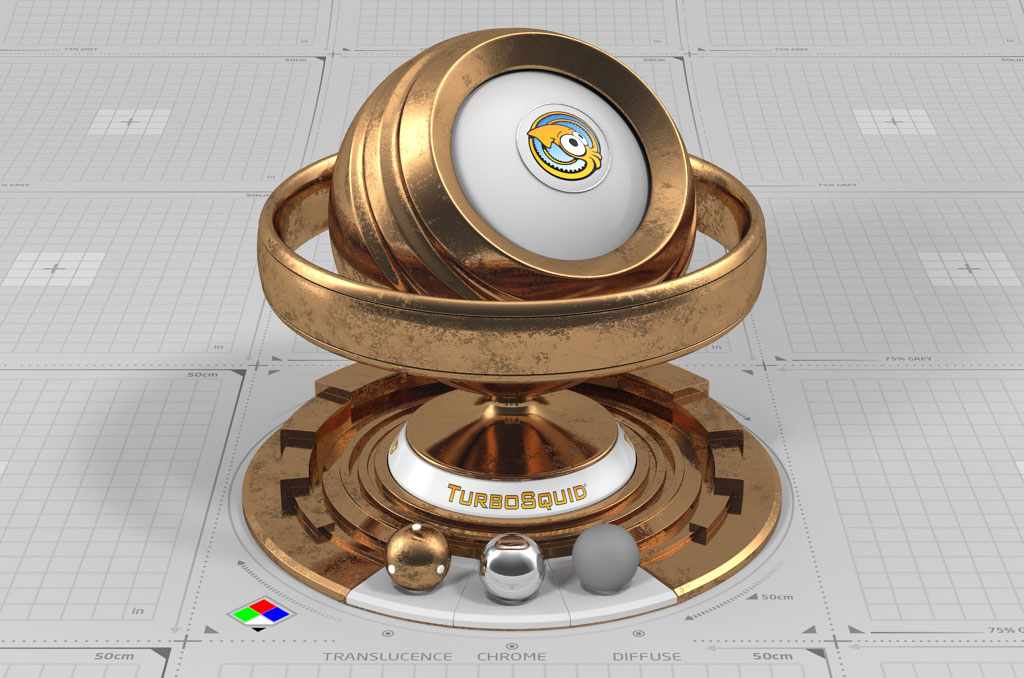
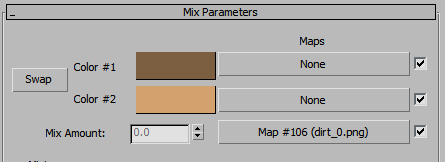
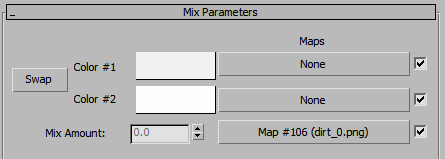
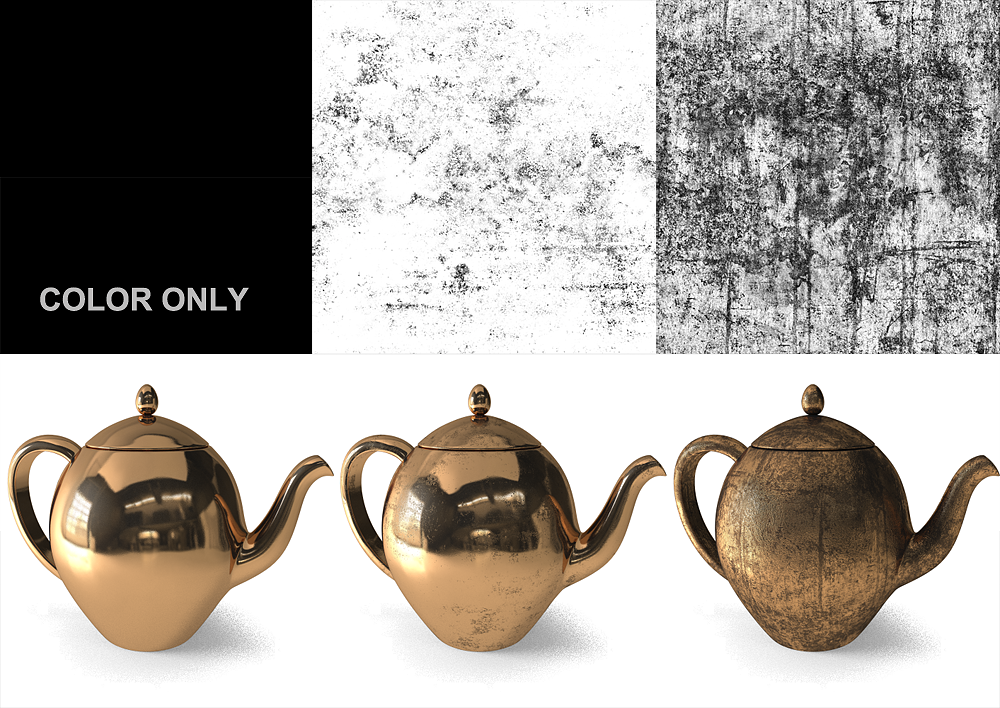

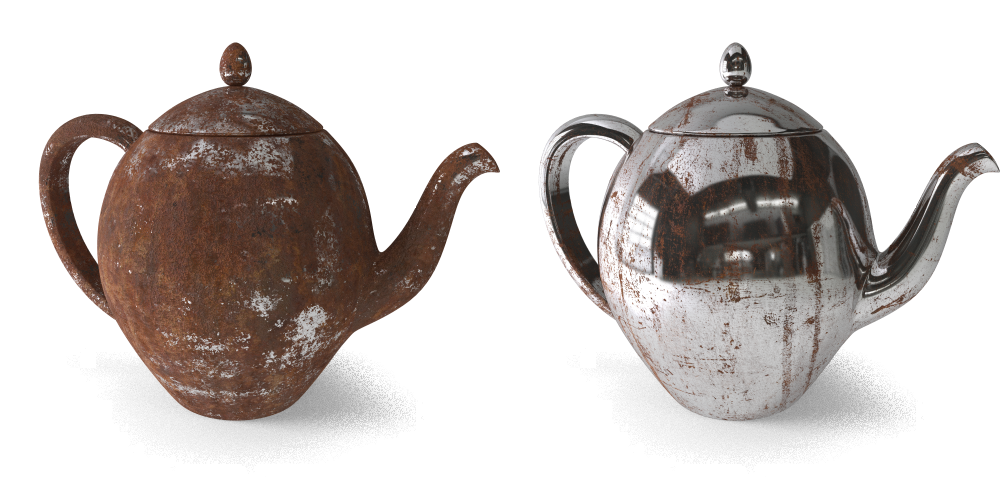
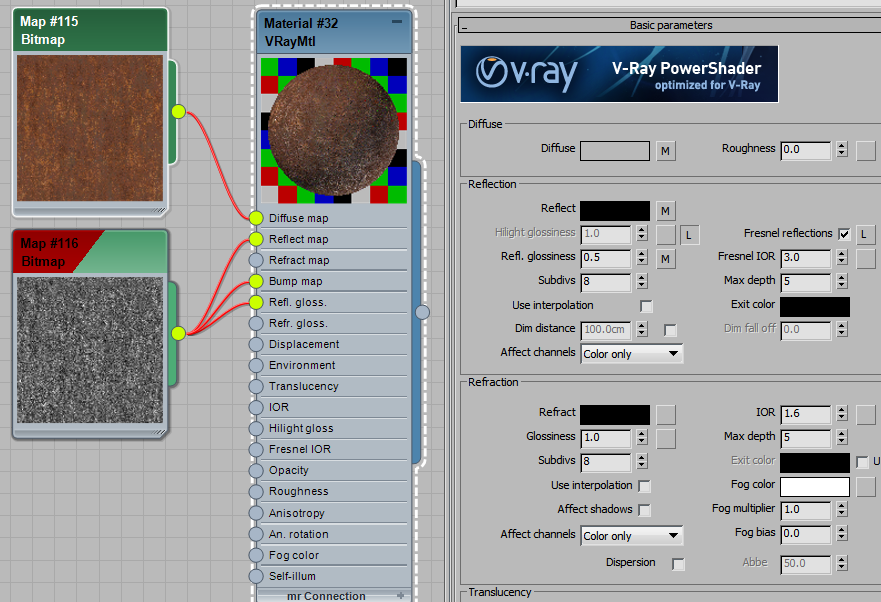
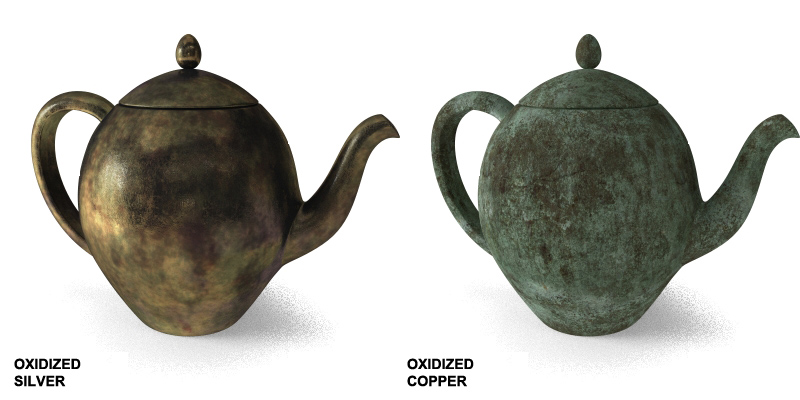
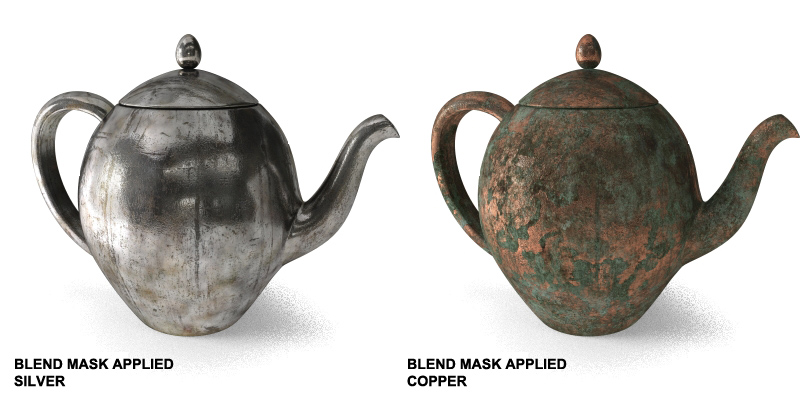
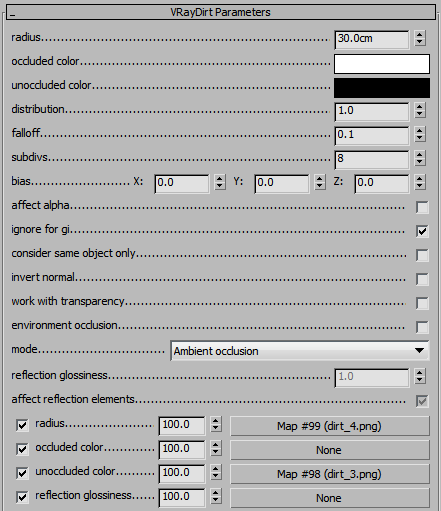
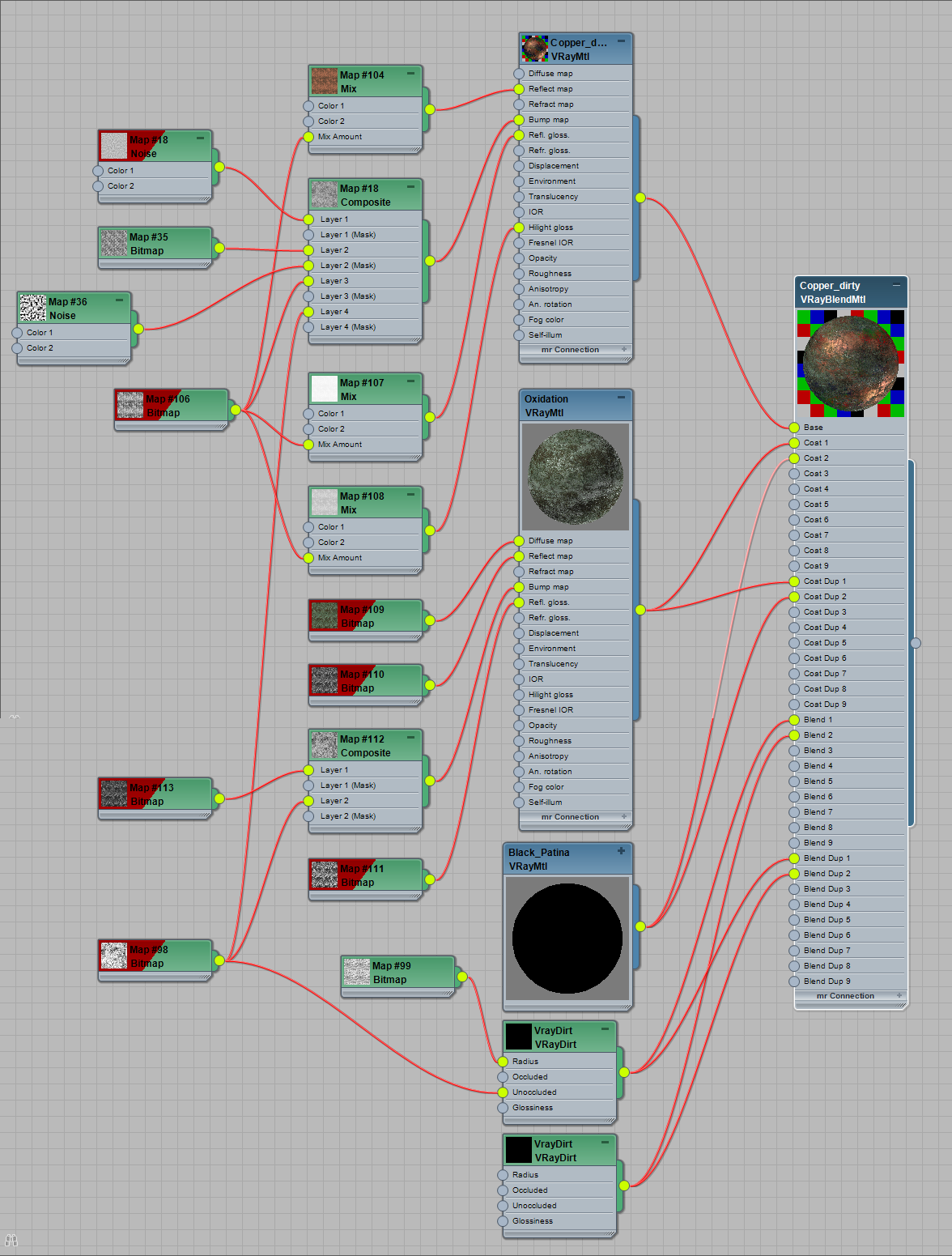
Comments
Thank you for bringing this to our attention. I’ve removed the empty download link. You can find all of the material files under their specific pages